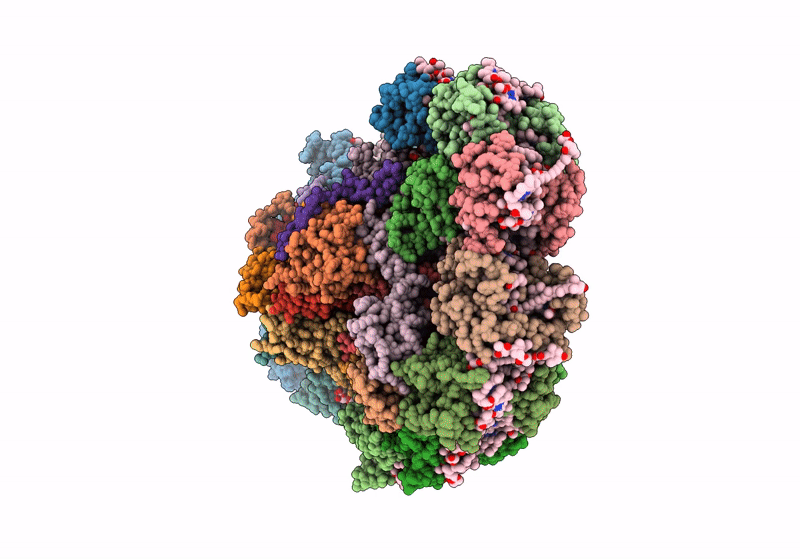
Deposition Date
2023-07-05
Release Date
2024-02-28
Last Version Date
2025-07-23
Method Details:
Experimental Method:
Resolution:
2.70 Å
Aggregation State:
PARTICLE
Reconstruction Method:
SINGLE PARTICLE


